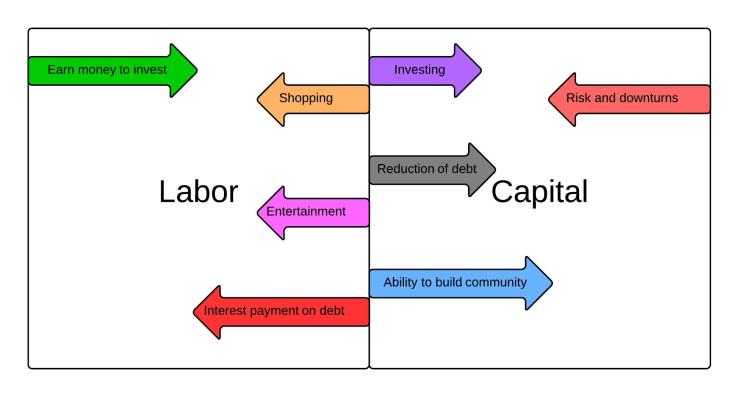This month, the investment giant Fidelity began to offer two broad-based index mutual funds with zero purchase and management fees and no minimum investment.
This is the latest salvo in a healthy competition between mass-market investment giants Vanguard (which started the index fund revolution under the leadership of Jack Bogle), Charles Schwab, and Fidelity. The result of the competition is a victory for main street investors, who traditionally have played the role of peasants forced to pay lordly fees.
As the Wall Street Journal quipped in their coverage of the story, “the race to zero in the investing world has finally reached bottom.”
Hurrah.
The two funds in question are variations on very broad indexes. One is US domestic (Fidelity ZERO Total Market Index Fund aka FZROX) and resembles the Russell 3000 index–a proxy for the total US market. The other is international (Fidelity ZERO International Index Fund aka FZILX), which buys the top 90 percent of stocks in terms of market capitalization in every market outside the US).
Fidelity also slashed the cost of most of its other index funds, which is great for folks like me with Fidelity retirement accounts.
Looking at their SEC filing to open these funds is kind of thrilling. Zeros all the way down. I got the filing from the message board Bogleheads, where there is a lively discussion about this development. If it were just marketing hype, these diehard index investors would be pointing it out, but the consensus seems to be that this is real, not smoke and mirrors.
An old chestnut on Wall Street, the title of a humorous book by Fred Schwed, is a rhetorical question: Where are All the Customers’ Yachts?
Nowhere. The customers got skinned. Their pelts where hung on the wall.Michael Lewis and others wrote some amusing books about this.
A businessman named Jack Bogle started Vanguard in the 70s with a counter intuitive idea: stop buying yachts and instead return the profits to shareholders. The company would function as a quasi nonprofit, where the shareholders functioned as owners. This structure allowed any profits to go toward making it cheaper to invest. For many years, Vanguard stood alone as the low-cost, investor-first option.
Within the past decade massive amounts of money have flowed into index (or “passive,” since they passively track market indices) funds for good reason. Here is some data from CNBC:
Flows out of actively managed U.S. equity mutual funds leaped to $264.5 billion in 2016, while flows into passive index funds and ETFs were $236.1 billion, according to data provided by the Vanguard Group and Morningstar. That was the greatest calendar-year asset change in the last decade, during which more than $1 trillion has shifted from active to passive U.S. equity funds.
This makes sense. Index funds usually reflect the best deal for a retirement investors and other casual market participants. Fidelity, Charles Schwab, and others such as Black Rock started to compete with Vanguard in order to capture as much of this avalanche of money as possible.
The big difference between Vanguard and these companies is that that they have a more limited ownership structure. Much of Fidelity’s owership is the private property of the Johnson family.
When a family-owned private company — one that built its reputation on active money management a la Peter Lynch — starts to offer market access without cost, that is a breathtaking development in my book.
So where will the competition go from here? Likely further in the everyday investor’s interest.A lot of the talk on Bogleheads was about how technically Fidelity’s move makes the cost of their funds comparable to Vanguard’s since Fidelity makes profit loaning stocks, whereas Vanguard returns these profits to shareholders. Yet Vanguard, which is massive, may move to match lower costs.
Of course many investors may retreat from index funds during the next protracted bear market. But for folks who can hold on throughout the cycles, no fee index funds are a gold mine.


